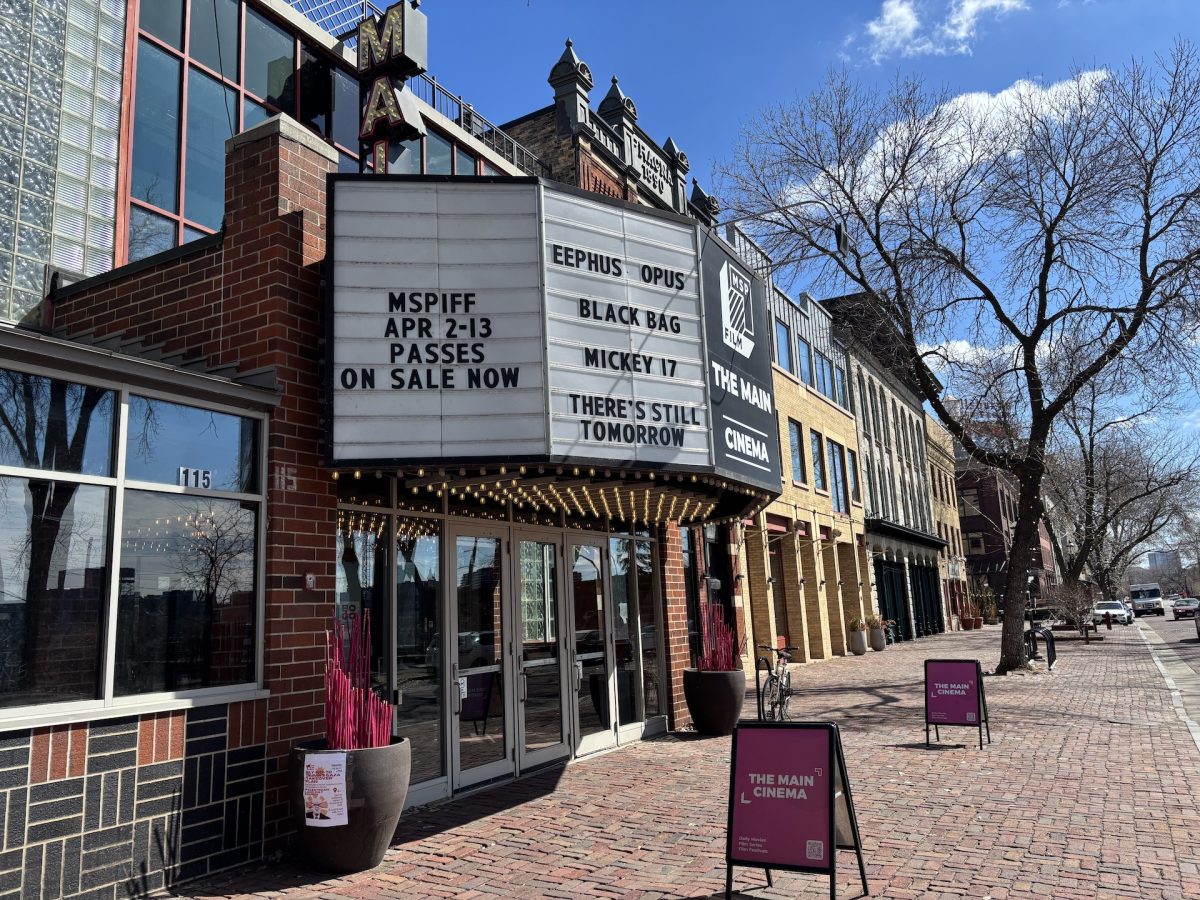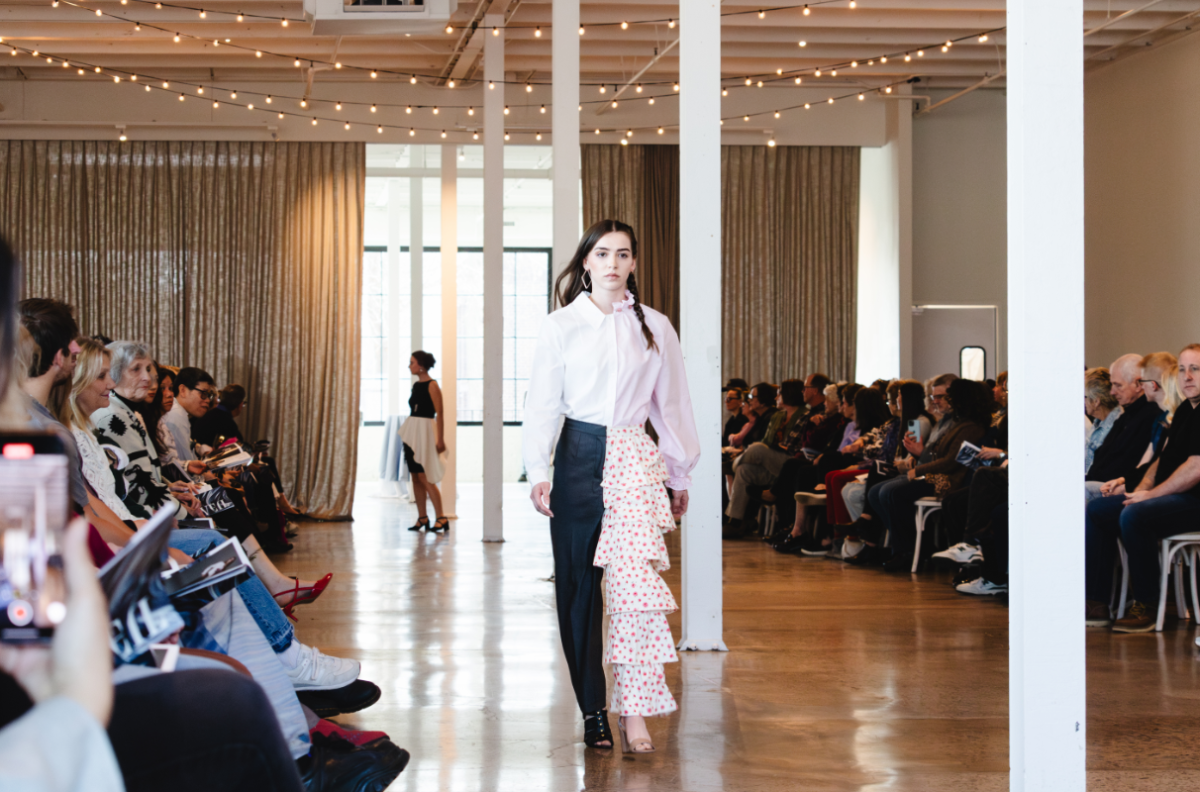;History and science
The American Anthropological Association’s exhibit, “Race: Are We So Different?”, made its world premiere last Wednesday at the Science Museum of Minnesota. The exhibit has been under development for 10 years, beginning with the AAA’s initiation for a project that addressed race, including “whiteness,” as an idea that has been constructed throughout history.
“RACE: Are We So Different?”
WHEN: Through May 6
WHERE: Science Museum of Minnesota
TICKETS: $7 for Students; (651) 221-9444; www.smm.org
The Science Museum of Minnesota has been a collaborator on the project for the past five years, and the greater Twin Cities community has also provided support. For example, students of St. Paul’s Central High School share their viewpoints on racial identity in a video that plays during a section of the exhibit. The exhibit is modeled after a school, with lockers, a chalkboard and desks. Local photographer Wing Young Huie provides photos documenting the American working class in Minnesota and throughout the country.
The exhibit is centered on three perspectives of racial construction: history, science and personal experience. The exhibit opened Jan. 10, and will remain open until May 6, before touring the country.
The historical perspective examines the construction of race from multiple areas of history: politics, popular culture, economics and science. Such historical moments range from the “Great Chain of Being” in the 16th century, which established a hierarchical system by which different power strata could be applied (with slavery, for example), to Brown v. the Board of Education in 1954, which outlawed racial segregation in the United States. This historical journey exposes our contemporary conception of race as an idea that has dragged with it a socioeconomic divide, such as that of the G.I. Bill that discriminated against black Americans.
The scientific perspective offers more interactive, hands-on activities. One exhibit, titled, “The Colors We Are,” allows visitors to scan the skin on the back of their hand onto a mosaic of samples from other visitors. Another, “Who’s Talking,” has pictures of men and women speaking about their heritage. It invites visitors to match the voices with the photos, but the difficulty in making the correct match based on accents and inflections reveals that the typical associations between appearance and inflection are easily subverted.
The third perspective, “person al experience,” observes the way in which the idea of race is encountered in our contemporary, everyday lives. Although the exhibit asserts that race is only an idea, it also understands that it has a real impact in people’s lives, and videos of biracial couples and American minorities provide visitors with intimate testaments to this fact.
The following is one of my own experiences, which happened to me, conveniently enough, on my way to the exhibit last Friday.
Do you speak English?
I had taken the Hiawatha Line from Nicollet at 5th to Midtown Station on Lake Street. For the uninitiated, the route makes two stops downtown, then skips out to Cedar-Riverside near the West Bank and Franklin Avenue before arriving on Lake Street at Midtown Station. Estimated travel time: 15 minutes. “Please exit left.”
I did. I followed the five others who had also exited and went down the stairs to the street to catch the 53A en route to the Science Museum of Minnesota in St. Paul.
I had overestimated the necessary time to catch the transfer, so I walked down Lake toward a Blockbuster Video, hoping to keep warm since the passage from Thursday to Friday had done away with the uncharacteristically tepid winter and brought a swift wind whose chill sat rigidly at two degrees.
I was waiting for either a signal or a break in traffic to cross Lake when, from a few feet behind me, I heard the overly enthusiastic intones that one assumes when confronting another whose confidence has yet to be gained.
“Whoooaaa, what do we have here?” came a man’s voice.
I turned, bemused, and, admittedly, with the hope to allay and avoid any conflict that my mind had rather instantaneously begun imagining. The man to whom the voice belonged wore glasses, had hazardous white, wispy hair that whipped out beneath his stocking cap, and carried a full plastic bag.
“Do you speak English?” he asked with the same chiding, singsong brio that had first caught my attention. Despite the Anglican first name and modified Germanic surname, I am South Korean by blood.
“I do indeed,” was my response. But he either did not hear me or was not convinced, for he quickly shot back, adding a deliberate, regular meter to his syllables, “English? Do Ö you Ö speak Ö English?”
Perhaps it was the cold wind that slowed my response, or maybe his apparent miscomprehension unconsciously forced me to consider that, well, was I speaking English? But to his question I responded exactly as one might if, in fact, one did not speak English. I began by nodding and smiling, and then I said, “Yes.” Then, very quickly, and still nodding, I said, “What? Of course.”
“Ooooh-hoo-hoo,” he said, and then he laughed. “Yes? What? Big square, little square. Who knows? Huh?” This last part he said while gesturing to the different sized divisions in the sidewalk, before continuing along those big and little squares and saying to no one in particular, “English! Do you speak English? Hoo-hoo.”







